Organising an Osteoarchaeological Symposium: 5 students share their experiences
Since January 2023, five (R)MSc archaeology students from Leiden University have been part of the Organising Committee of the 40th Anniversary Symposium of the Nederlandse Vereniging voor Fysische Antropologie (NVFA).
Together with the chair, Dr. Hayley Mickleburgh, and vice-chair, drs. Norbert Eeltink, of the NVFA, Aida Tadesse, Rosa Seepma, Luna Beerden, Serina Griffioen, and Krijn Wilkens, are involved in various tasks of the symposium’s arrangement and preparation, which will take place Friday the 10th of November at the Rijksdienst voor Cultureel Erfgoed (RCE) in Amersfoort.
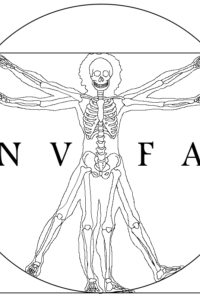
The NVFA Symposium
Established in 1983, the Nederlandse Vereniging voor Fysische Antropologie is an association that aims to promote knowledge and research about topics relating to physical anthropology. Members of this association regularly come together in the Netherlands and Belgium to engage with a range of subjects through planned activities (e.g. lectures and museum visits). In order to commemorate its 40-year anniversary, the NVFA is organising a celebratory symposium named “Diseased, Damaged and Commingled: The Challenges and Opportunities of Studying Modified Archaeological Human Remains”.
Aside from presenting expert lectures that explore the state-of-the-art possibilities and limitations of studying commingled remains from various contexts, the symposium will allow its participants to engage in a number of hands-on workshops in respect to the following themes: the analysis of cremated remains, the limitations of the osteological paradox, the (macroscopic and microscopic) effects of vitamin D deficiency on the skeleton and the creation of (cheap and effective) 3D models of bones and burials using photogrammetry. In addition, the symposium will conclude with afternoon drinks and an osteology ‘Pubquiz’, in which the participants have a chance to network with others with similar interests while competing for an osteology-related prize.
Planning and Organisation
Naturally, a symposium cannot be held without good management of both the symposium and the Organising Committee itself! Our meetings take place every two to three weeks, wherein we discuss our progress and decide on the next immediate and long-term steps.
While we established early on what our specific tasks would be, over time, these divisions changed as more delegation was needed between creating the programme and associated booklet, communication with the public, speakers, venues, and budget. Therefore, schedules of tasks and personal responsibilities with strict deadlines before and during the symposium were made. In addition, a schedule was created for the specific social media posts in order to advertise the event and incentivise people to join.
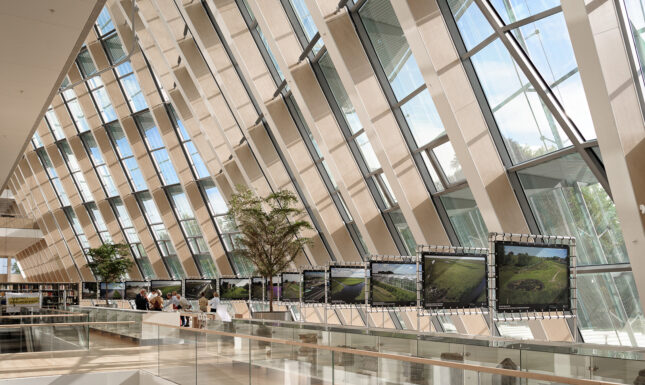
Communication
Organising a symposium also needs good communication, both to the public and to the speakers or institutions involved. First and foremost, we have been in contact with researchers who would fit our topic of the symposium, and we are continuously in touch with them in regard to their lectures or workshops (such as abstracts or help with preparations), dinner and/or stay in Amersfoort.
Furthermore, it is important to us to reach out to both students and researchers, and we are therefore reaching out to the public through different platforms! This relates to social media (especially through our Instagram and Twitter accounts), the NVFA website and emails, as well as creating flyers! We are also making a programme booklet that will be shared with the participants after registration closes, and are planning the workload of who is doing what on the day of the symposium itself!
Budget
As this symposium is planned to welcome over 50 participants and international speakers, various costs had to be accounted for well in advance. These costs relate to a variety of matters, including location, catering, (speaker and quiz winner) gifts, merchandise, accommodation and transport (for guest speakers and the organising committee). Creating the general budget involved making estimations about our costs and expenses, while keeping our goals and limitations in mind. As changes were made to our plans, this budget was regularly reviewed and adjusted. Since the inclusion of early-career researchers and students in the symposium is of importance to us, special student prices for NVFA members were created.
Personal development
As students aspiring to pursue a career in research and academia, we found this experience to be immensely educational and insightful. As we hope to organise and actively participate in conferences and symposia in later stages of our careers, helping organise this symposium was a perfect introduction to the practicalities and challenges that come with organising an academic event.
If this post has sparked your interest in joining our symposium on Friday the 10th of November at the RCE in Amersfoort, more information can be found on the NVFA website! Registration is possible until the 30th of October. We hope to welcome you there!






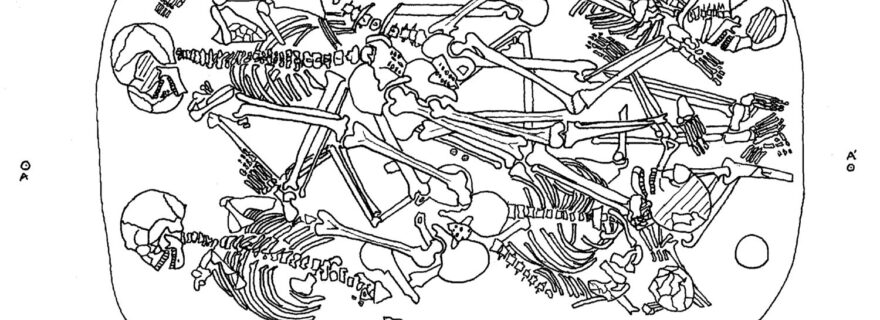
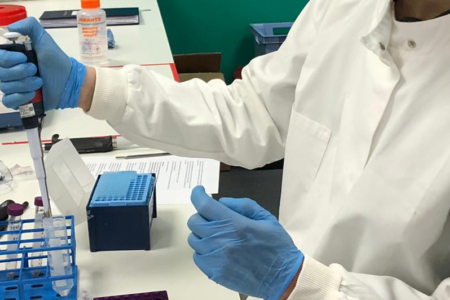

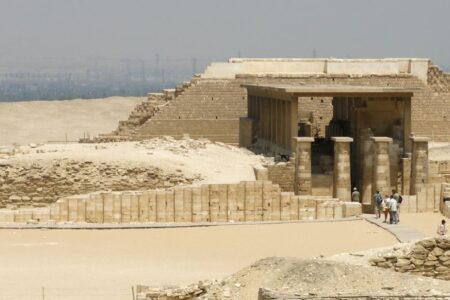
0 Comments